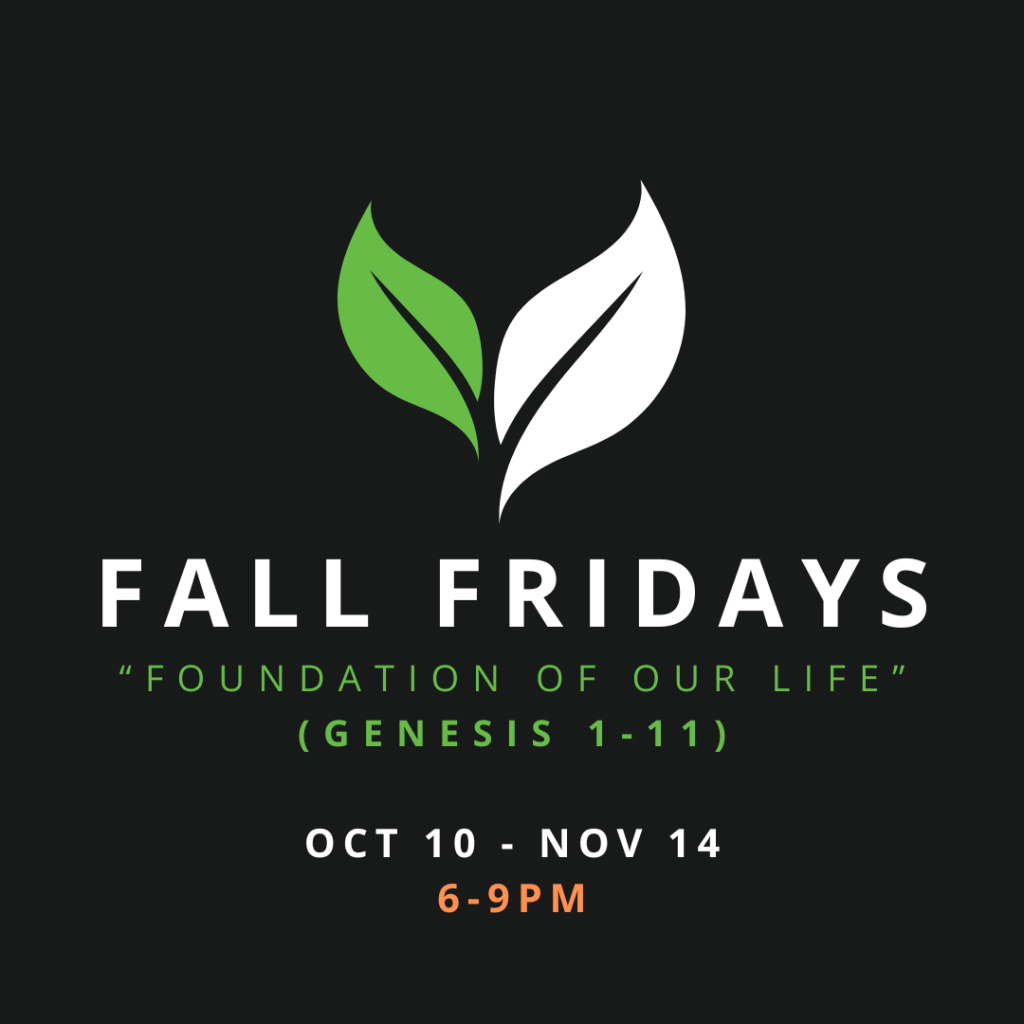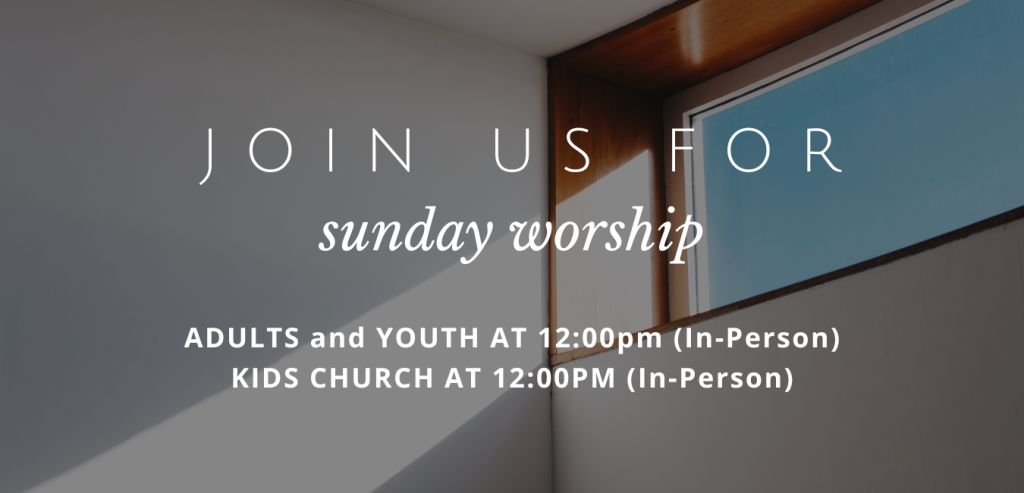This post is a summary of Week 4 of the 2025 Fall Friday series. To learn more about this series, go to the Fall Fridays Main Page.
Different Views of the Flood
The story of Noah and the flood constitutes four chapters in Genesis.
Each other story so far has one chapter.
Therefore, the flood story is very significant and important.
The story of the flood is not only in the Bible. There were many other stories about a great flood in other sources and traditions.
The stories are similar, but radically different at the same time. It is the same plot, but different picture of God.
In other stories, the gods (plural) had created humans to serve them.
But humans became very unruly and unpredictable. Therefore they decided to wipe out the humans with a flood.
But the God of Genesis is very different. God is concerned with justice and righteousness.
God sent the flood because humanity was so corrupt and was about to destroy themselves.
God is interested in justice and what is good.
God is not self-seeking and vengeful.
The World Before the Flood
When people began to multiply on the face of the ground, and daughters were born to them, the sons of God saw that they were fair, and they took wives for themselves of all that they chose. (Genesis 6:1-2)
The sons of God were likely the powerful and those with authority.
They did what they wanted and grabbed for themselves what they wanted.
What God saw was total depravity and corruption. People served only themselves.
That is what St. Paul saw as well:
There is no one who is righteous, not even one; there is no one who has understanding; there is no one who seeks God. All have turned aside; together they have become worthless; there is no one who shows kindness; there is not even one. Their throats are opened graves; they use their tongues to deceive. The venom of vipers is under their lips. Their mouths are full of cursing and bitterness. Their feet are swift to shed blood; ruin and misery are in their paths, and the way of peace they have not known. There is no fear of God before their eyes.” (Romans 3:10-18)
Whether or not there was a flood, the result of humanity’s way of life would be death.
The proliferation of nuclear weapons is a modern example.
People have created enormously powerful weapons, but the end result of them is death. Humanity is extremely vulnerable to that threat of death.
A Different Image of God
The common image associated with the flood is that of a scary, fearful God.
But when you look closely, you see a different image begin to emerge.
After the waters subsided, Noah came out and built an altar to God.
And when the Lord smelled the pleasing odor, the Lord said in his heart, “I will never again curse the ground because of humans, for the inclination of the human heart is evil from youth; nor will I ever again destroy every living creature as I have done. (Genesis 8:21)
God regretted what he had done.
God realized that the flood had not changed people, and that it would not work.
You see a different God from the one ancient people imagined. They had only feared God. But here you see a different God.
The God that philosophers imagined was an omnipotent (all-powerful), omniscient (all-knowing), omnipresent (present everywhere) God.
But the God we see in Genesis is a vulnerable God.
God who doesn’t know what to do.
God who repents.
God who cares about justice.
God who is NOT immutable (never changing), but a God who changes.
God is not enslaved to immutability. God is willing to go beyond the law of existence in new ways.
New Image of God in Jesus
Jesus introduced this new image of God most poignantly in the story of the Prodigal Son.
You see a father who is very vulnerable.
He allows the prodigal son to leave with his share of the inheritance.
He does not chase after the son or try to persuade him to stay.
All he does is wait. Wait helplessly.
At the first sign of the son, he runs to him, drapes his arms over him, and throws a party.
What a vulnerable, loving God!
Jesus showed the ultimate image of God on the cross.
A God who is helpless, not omnipotent.
A vulnerable God.
Your Image of God Shapes Your Faith
The image of God you hold shapes your faith.
Not necessarily the image you profess with your mouth or your conscious mind.
But the image of God you hold deep in the recesses of your heart.
Reflection Question: Deep in your heart, what image of God do you hold?
Gospel Goodness in the Story of the Flood
There is goodness and good news (gospel) hidden in this story.
We are supposed to be dead in our sins, but Jesus saved us.
Adam and Eve were supposed to be dead after eating the fruit of the forbidden tree, but God insisted on their life.
Cain was supposed to die after being banished to wander the earth, but God preserved his life.
God provided life-saving instruction to Noah to build the ark.
The ark in Hebrew is “tevah”. It’s the same word used for the basket that baby Moses was placed in.
For a whole year, the tevah kept Noah and everyone else in it safe.
God made a promise and covenant with Noah and humanity after the flood.
I establish my covenant with you, that never again shall all flesh be cut off by the waters of a flood, and never again shall there be a flood to destroy the earth. (Genesis 9:11)
God created a sign to symbolize this covenant:
When the bow is in the clouds, I will see it and remember the everlasting covenant between God and every living creature of all flesh that is on the earth. (Genesis 9:16)
God would remember his people.
God remembers us.
God takes care of us.
We will never be forgotten by God.
That is the good news hidden in this story, and the good news that flows throughout the entire Bible.
Thanks be to God.


Leave a Reply